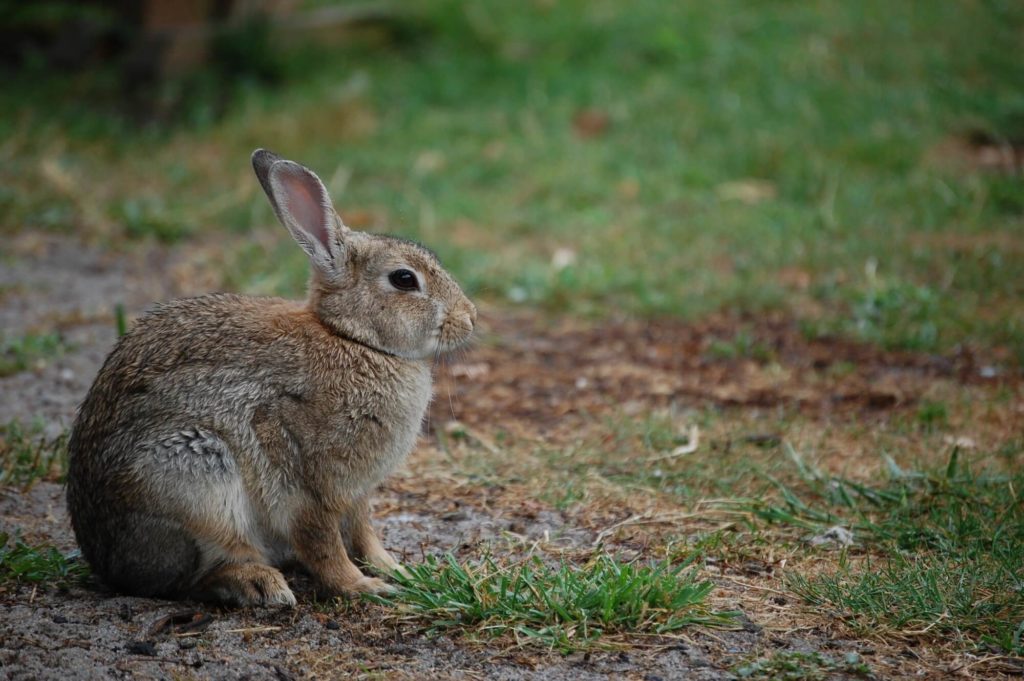On May 13-14, SIANI visited the Bolin Centre’s Climate Festival at Stockholm University. The festival is an opportunity for young people to meet climate scientists and other actors who work to hold back the climate crisis. At the festival, the young people were able to listen to lectures by climate researchers, go on climate walks, play SMHI’s modification to Minecraft and talk to various organizations on the activity square – including SIANI.
Didn’t have the opportunity to come to the Climate Festival? Would YOU like to test your knowledge of animals and climate? Click here to answer the quiz! You can also take the test in Swedish.
Drought Exhibition
Agriculture and other land uses are one of the largest sources of carbon dioxide emissions in the world (about 25% according to the IPCC) while agriculture and rural areas are among those who are most affected by climate change. One example of this is drought, so we at SIANI had an exhibition where we invited the young people to discuss how they were affected by the drought in Sweden last summer and how drought can look in different parts of the world. Even though Sweden reduced its food production by almost 50%, there were few who noticed this in the food store. Instead, they experienced the drought through dried and yellow lawns and difficulties getting hold of water on the hike in the mountains.
Quiz on animals and climate
Most participants knew that animals are an important part of agriculture, but which animals eat food that people eat and how well do the animals fare in Swedish agriculture? These are some of the questions in our quiz about animals and climate. Most of those who did the quiz were aware that ruminants, like cows, emit a lot of greenhouse gases, but when we consider the animals’ environmental impact, there are other things that are important, for example, animal welfare and resource efficiency.
A common opinion among many was that farm animals that not primarily used for meat consumption, such as dairy cows and hens, have it better than animals we eat. At the same time, it may be good to ask what a hen’s life looks like and what happens to her when she stops laying eggs? We also encouraged our visitors to think about what their pets eat and the climate impact of that.
Don’t miss last year’s quiz about different types of milk!
